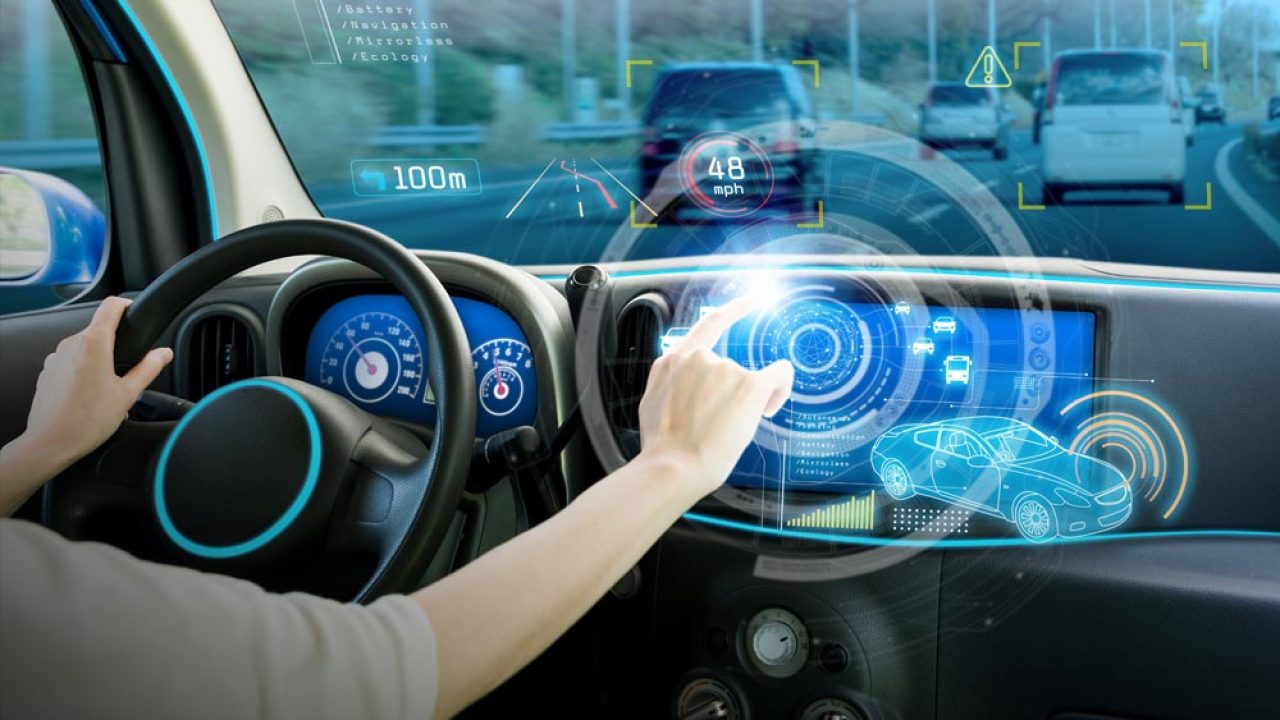Do more with less may be the mantra in the current business community. For an increasing number of automotive repair centers, that notion has been recognized by using mobile automotive software programs.
Much like how cellular devices are replacing the requirement for personal computers, as well as in the decades before, how computers replaced typewriters, also are evolutions going ahead in how mechanics communicate information.
The times of tediously writing out extended and descriptive repair orders, inspection reports and estimates – are visiting an finish. An increasing number of repair centers are automating their business operations. That advancement paves the way for the potential of endless benefits.
Save your time
Repair centers over the U.S. and beyond are not waste time every single day, on every customer support, without compromising the way in which vehicles are serviced and repaired.
How can they are doing it?
Rather of spending several minutes per customer jotting lower vehicle identification figures, license plates and much more, technicians outfitted having a mobile or tablet device can, within a few moments, scan VINs, decode license plates and snap photos included in digital multi-point inspections, estimates, repair orders and much more.
This method accelerates the multi-point/repair order process, permitting additional time to service additional vehicles.
Once mechanics possess a diagnosis in hands, and have completed a pre-approved repair order, notifying a person is as simple as delivering a text or email. Our studies have proven reasonable reduction in customer response occasions when compared with trying the standard way, by telephone. Customers respond two times as quickly when sent a text or email with photos-37 minutes typically than the national average of just one hour and 17 minutes. Faster customer responses mean more efficiency and fewer vehicles being taken off a good start, while waiting to talking with customers, simply to be placed back on after approval.
Plus, based on market research conducted through the Pew Research Center’s Internet & American Existence Project, nearly one-third of individuals polled stated they preferred receiving texts to telephone calls, while 14 % stated the contact approach to choice was based mostly on the problem. For a lot of busy with work and family commitments, a text may be the simplest and quickest mode of communication.




